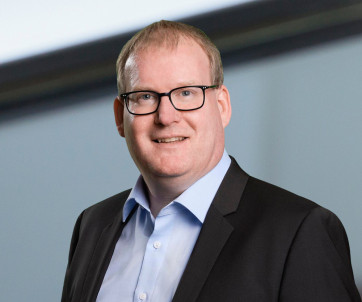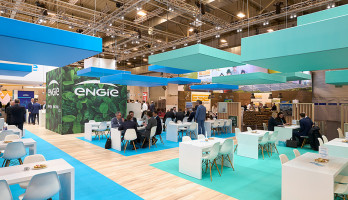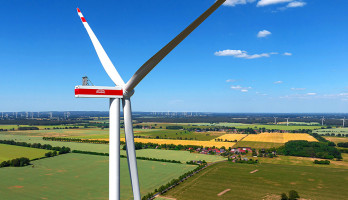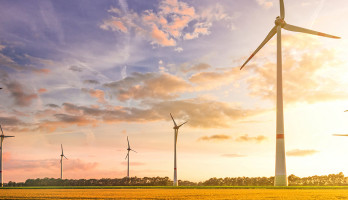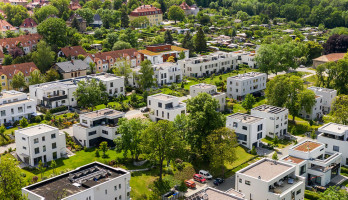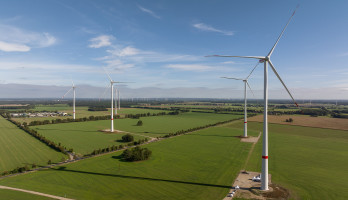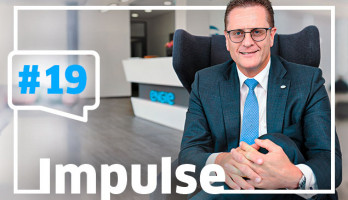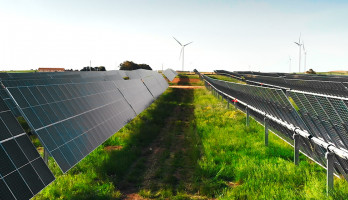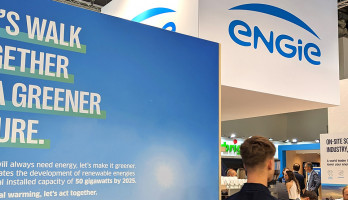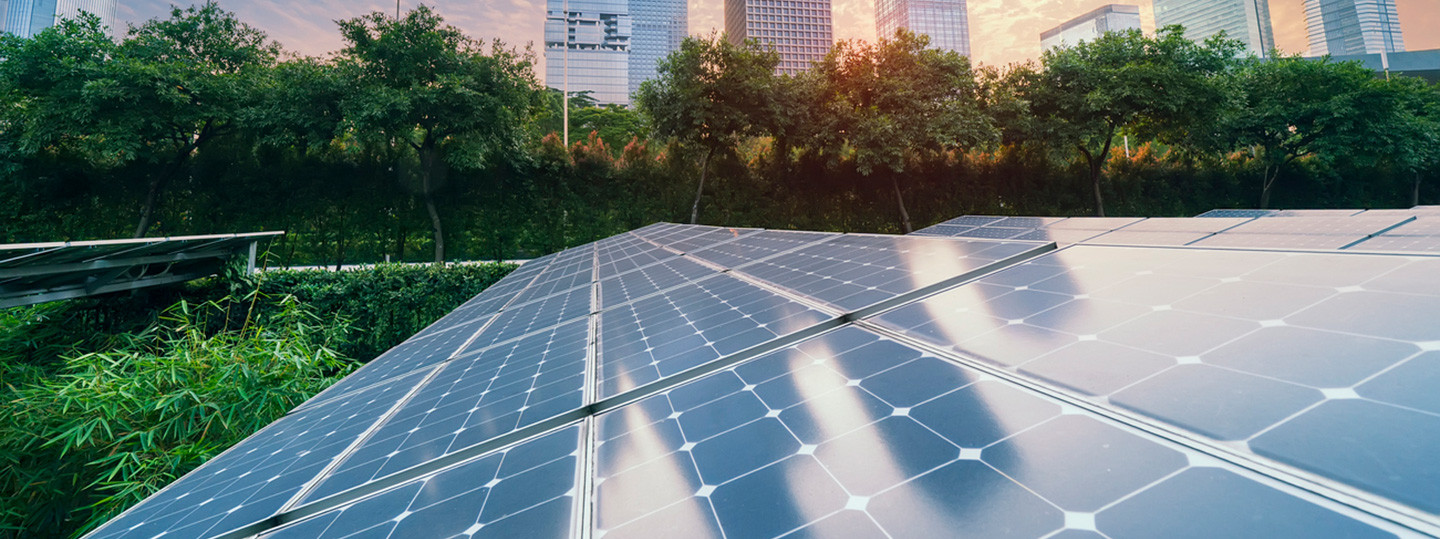
Solar energy on the rise despite falling feed-in remuneration
The share of photovoltaic systems on the market as well as their performance has increased sharply in recent years. In 2007, solar installations worldwide produced 8 gigawatts of electricity, compared to 402 gigawatts in 2017, according to Solar-Power Europe. And although the feed-in remuneration has been reduced continuously since then, the trend for solar power continues to rise.
The advantages of solar energy
Solar energy is inexhaustible. In addition, it is safe, free of charge and regenerative. Generating electricity does not create unpleasant odors, noise or pollutants. Photovoltaic systems produce energy exactly where it is needed. This relieves the burden on electricity grids and reduces dependence on other power generators and energy prices. The many advantages mean that solar energy will become increasingly important in future energy production. Experts predict a share of around 15 percent for solar energy in global energy production by 2040. In Germany, the share of solar energy in electricity generation averaged 9.2 percent in 2019.
Support for photovoltaics through the Renewable Energy Act
Solar energy, like other renewable energies, has been funded under the Renewable Energy Sources Act (EEG) since 2000. The aim is to promote and promote the expansion of renewable energies. In the EEG version of 2017, concrete expansion targets were identified:
- In 2025, 40 to 45 percent of the electricity will come from renewable energies.
- In 2035, the share of renewable energies should be 55 to 60 percent.
- By 2050, at least 80 percent of the electricity will come from renewable sources.
A feed-in remuneration is intended to give potential system users an incentive to install a solar thermal system. After the feed-in tariff jumped directly after the amendment of the EEG, it has been declining constantly ever since. Those who commission their plant in January 2020 will receive a feed-in remuneration of between 6.8 and 9.87 cents per kilowatt hour, depending on the size of the plant and the type of building use. In 2001, it was 50.62 Ct/kWh for all operators.
Solar energy pays off despite falling feed-in remuneration
Although the feed-in remuneration is continuing to fall and is likely to be abolished altogether in the near future, the construction of a photovoltaic system is worthwhile. A significant factor is the price decline in solar panels. Today, these are significantly less expensive to purchase than they were a few years ago, so that the construction will have paid for itself within about ten years if the size and resulting capacity utilization are well calculated. The prerequisite is that the electricity is used itself or sold to third parties in the local area. In addition, potential system users will be able to benefit from technological innovations in recent years: Biodegradable films can be installed without problems on parts of buildings which are not suitable for the mounting of panels for various reasons. Static problems can also be dealt with with the lightweight films.
With photovoltaics on the way to climate neutrality
In companies or facilities that are mainly used during the day, solar power is ideal for becoming more independent of the energy provider. For example, the Leuphana University of Lüneburg, in cooperation with ENGIE Germany, relies on eight photovoltaic plants that can deliver a total output of 650 kilowatts peak (kWp). On the one hand, this will cover around 20 percent of the annual energy demand and on the other hand will save more than 240 tons of CO2 per year. The climate-neutral university, which has been running since 2014, is thus living up to its ambition of becoming a university for the 21st century.
Recognizing and exploiting the potential of solar energy
The potential of photovoltaics is still underestimated by many, says Oliver Diehl, Head of Energy Management at ENGIE Germany in Cologne. It is above all the high cost-effectiveness that makes the technology so attractive for companies and communities. However, the framework conditions must be taken into account, he adds. Statics, alignment and surface finish of facades and roofs must be correct in order to achieve a high energy yield. It makes sense to work with an expert to ensure that the system is optimally suited to the individual conditions on site. With ENGIE Germany, future plant operators will have a strong partner at their side. For many years, the company has been implementing innovative solar power solutions for its customers and investing in technologies that are ready for the future.
Our Expert
